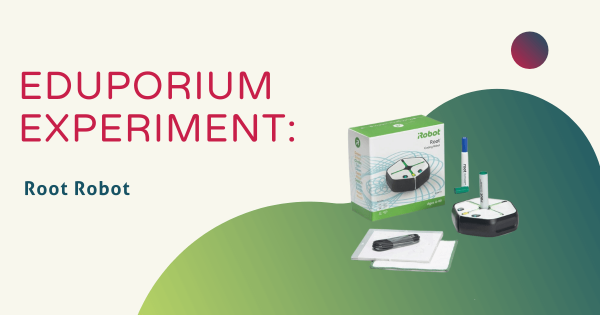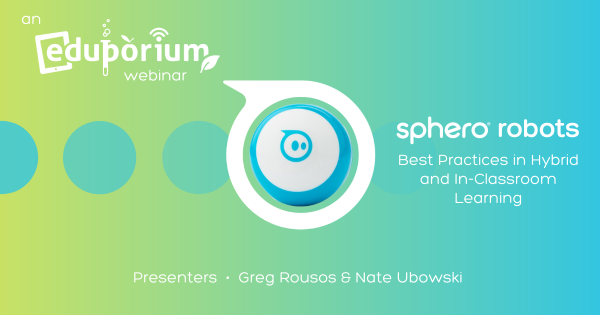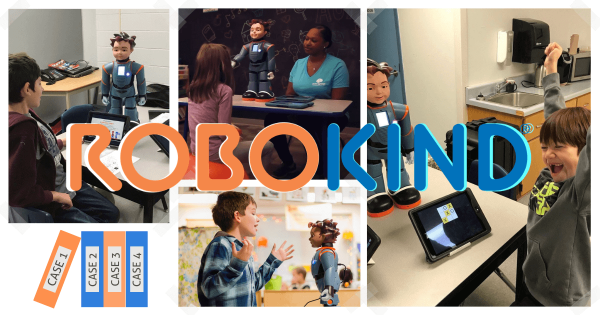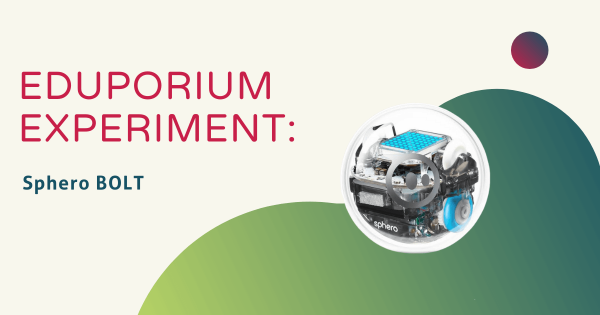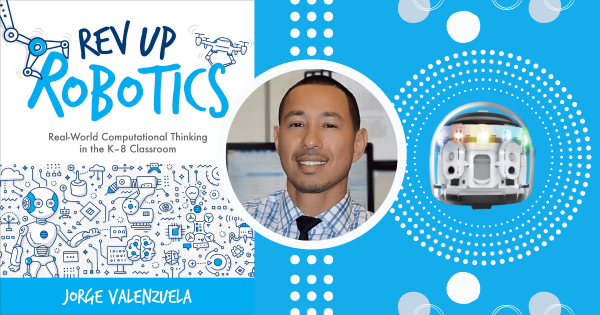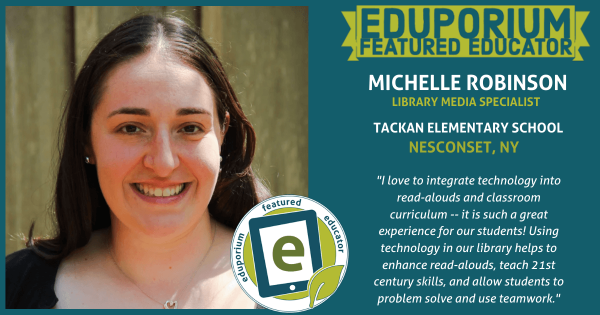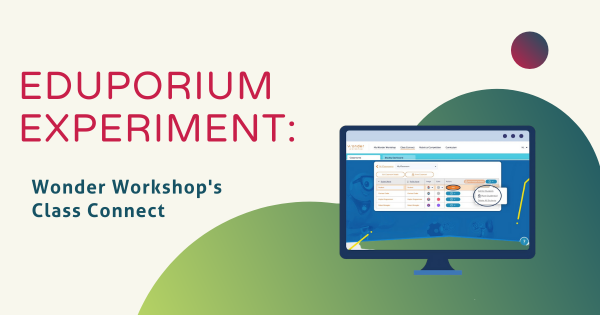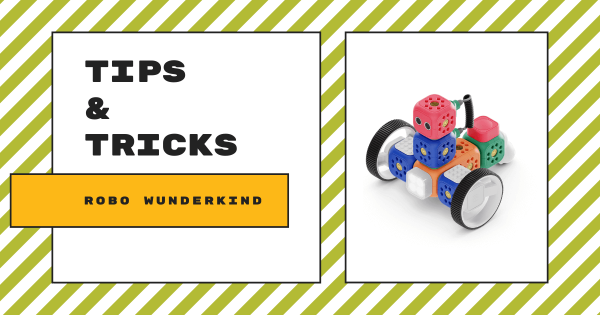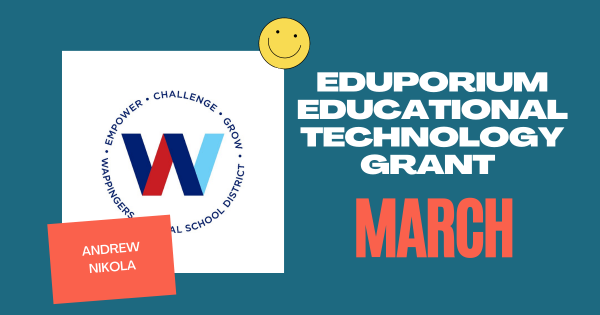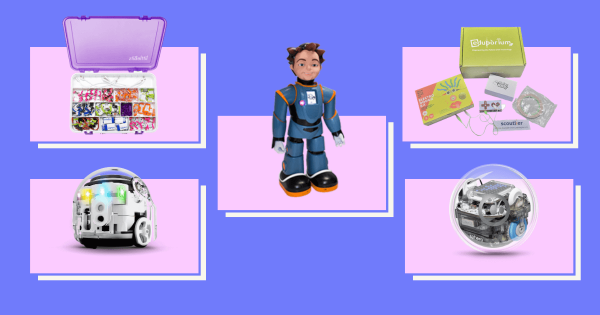With three different levels, students can try block coding, hybrid coding, and text coding while controlling a variety of the Root’s features. There have also been updates to the Root, including new Android and computer or laptop compatibility. We’ll introduce you to the iRobot coding simulator as well and explore its amazing features!
Robotics
Some of the most popular paths and effective approaches to preparing students for their future involve using robotics tools. A significant subsection of STEM education, coding robots and other types of programmable devices enable a large percentage of the STEAM learning that occurs in our schools. Using educational robotics tools, students from Pre-K to college can develop key coding skills. This is largely because, among these various robot kits, many are compatible with various programming languages. So, beginning in Pre-K, a child might use the Cubetto Robot in screen-free coding activities. Then, they might move on to the Bee-Bot or Blue-Bot for CS experiences that are slightly more complex. And, by the time they're in kindergarten or first grade, they have a legitimate foundation and they're ready to continue developing fluencies in coding, problem solving, and even computational thinking.
One reason robotics in education is so effective is due to various advances in robotics equipment for schools. Beyond introducing the absolute basics of coding early on (and without a screen), students can then progress to one of the most basic forms of coding, which you might know as Blockly. So many robotics tools incorporate the Blockly coding language along with their corresponding programming environment. In fact, the Ozobot Evo, Root Robot, Edison Robot, and Dash Robot are among the most popular elementary robotics tools. These help children build on coding and technology knowledge as they prepare for the next step—text programming. In text coding, they can use tools like the databot 2.0, NAO Robot, and most of the others we've mentioned. And, through these experiences, they can develop STEM skills in a tangible way while using robotics tools to do so.
-
Video: Using Sphero Robots in Remote and Hybrid STEM
Led by Nate Ubowski and Greg Rousos, learn how teachers can use the Sphero BOLT, RVR, and Mini for robotics lessons in remote learning. Going beyond the 4 C’s to spark curiosity and create a greater sense of community improvement, the presenters also covered how Sphero’s robots allow for efficient STEAM instruction. -
How the RoboKind Robots for Autism and SEL Make an Impact
The line of RoboKind robots are unlike any others in the education world. Comprised of three facially-expressive humanoids, the RoboKind robots have helped provide support for countless students who learn differently. Each robot offers unique advantages and includes accompanying curriculum designed to open up communication and expression. -
Eduporium Experiment | Sphero BOLT
The Sphero BOLT is built on the same premise as its predecessor, the SPRK+, including a similar appearance. With the BOLT and its impressive features, however, students can accomplish much more! The BOLT is equipped with an on-board 8×8 LED matrix, a magnetometer for auto-aiming, a light sensor for measuring lux values, and IR sensors! -
How STEM Teachers Can 'Rev Up Robotics' in the Classroom
Jorge Valenzuela has become an influential figure in STEM education with experience in both classroom and online teaching as well as higher education instruction. He worked in the Richmond Public Schools system for 10 years and helped build their Tech Ed program. In recent years, he’s shared his experiences, including in his book! -
Eduporium Featured Educator: Michelle Robinson
This month, we hear from Michelle Robinson, who’s a library media specialist at the Tackan Elementary School. Michelle has used a bunch of different types of technologies with elementary students in the library. Whether it’s tangible STEM tools or digital creation platforms, Michelle has done a lot to provide students with real-world opportunities. -
Eduporium Experiment | Wonder Workshop's Class Connect
The Dash and Dot Robots are a favorite among educators when it comes to coding in school. Since many students are no longer able to enjoy this, however, coding in remote learning has become the next best thing. Using the virtual Dash robot, which can be accessed through Class Connect, students are able to continue their coding from home! -
Tips & Tricks | Robo Wunderkind + Coding Apps
The Robo Wunderkind line allows early education students to get hands-on with building and programming robots. Designed for kids as young as five years old, each of the three kits feature constructible components for building robots. Once they build the robot they want, kids can program them using one of three mobile apps. -
March Grant Awarded to Andrew Nikola from the Wappingers CSD
We’ve awarded our EdTech grant for March to Andrew Nikola from the Wappingers Central School District in New York! Andrew works with students throughout K-12 and serves as one of the district’s innovation leaders. Learn more about how we’ll be helping them advance their district-wide approach to providing equitable hands-on experiences. -
5 EdTech Tools for Combining STEM and SEL
Luckily, students still have the potential to use STEM tools to boost their overall social-emotional connections. It comes down to finding the right technologies and aligning those tools with accessibility and relevant projects. Other SEL tools are built more for the classroom and that’s okay, too. Here are a few of the best for combining SEL and STEM.




